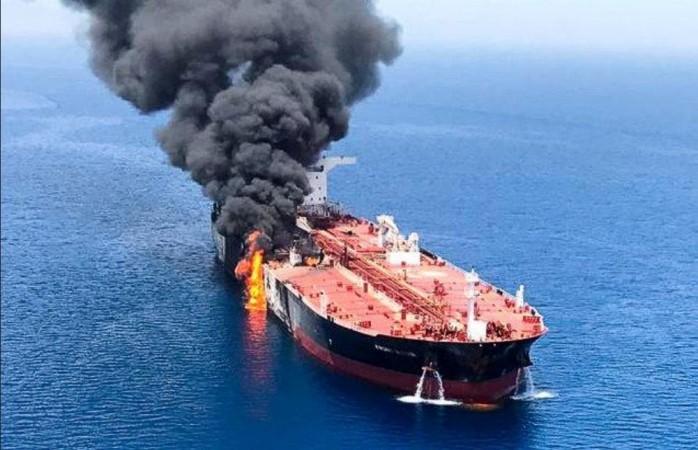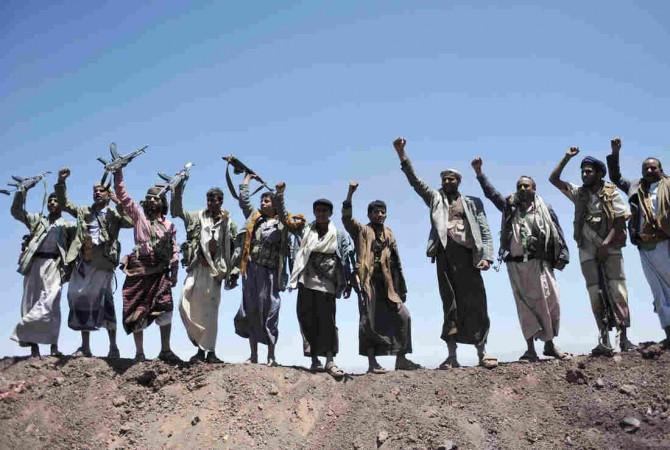
Fuel prices are expected to rise as the international crude price is going up after an Iranian oil tanker caught fire from a suspected rocket attack in the Red Sea off the Saudi city of Jeddah. The attack is apparently in retaliation to the massive September 14 drone attacks by Yemen's Houthi rebels on Aramco's oil installations in Abqaiq and Khurais oilfield last month forcing Saudis to cut back crude exports by half.
Oil importers across the world must be nervously watching the Strait of Hormuz through which about a third of all seaborne oil trade takes place. Iran has a chokehold of narrow shipping lanes that it constantly patrols and is a perpetual flashpoint because of the presence of western warships.
Brent crude edged past $60 a barrel on Friday and the October futures at the National Futures and Options (NFO) shot up to Rs 149 from Rs 147.
Saudi Arabia has since returned to full-scale crude production. Riyadh and the West blame Teheran for arming the rebels that control substantial areas in Yemen including major ports. Saudis have been leading a coalition of Gulf states including the United Arab Emirates that has been carrying out extensive bombing campaigns killing hundreds.
The National Iranian Tanker Company (NITC) said in a statement the hull of the ship sustained two separate explosions about 100km off the Saudi port city of Jeddah, a report carried by Al Jazeera TV's website says. It said the blasts - one at 5 am local time and the other at 5:30 am (02:00-02:30 GMT) - were "probably caused by missile strikes".

"All the ship's crew are safe and the ship is stable too," said NITC, the tanker's owner, adding those on board were trying to repair the damage. The state-owned company said contrary to reports, "there is no fire aboard the ship and the ship is completely stable".
"Experts believe it was a terrorist attack," Iran's Students News Agency (ISNA) reported, according to the Al Jazeera website.
There was no immediate response from Saudi Arabia about the blasts. Lieutenant Pete Pagano, a spokesman for the US Navy's 5th Fleet in the Middle East, said the authorities were "aware of reports of this incident" but refused to comment further.
The report quoted shipping website Tankertrackers as saying the vessel was the largest-sized tanker, was fully loaded with one million barrels of oil, and "it does the Syria route", said Basravi. "This is the third time in the past six months that an Iranian tanker has been incapacitated in these waters," the website said.
The attacks have come in the wake of US allegation that Iran attacked oil tankers near the Strait of Hormuz in June and July, accusations denied that Tehran denies. Relations between Washington and Tehran have deteriorated after US President Donald Trump tore up the nuclear deal last year. The US has reimposed crippling sanctions on Iran's oil and banking sectors in what it calls a "maximum pressure" campaign.
Regional tensions have been kept on the boil by incidents like mysterious attacks on oil tankers near the Strait of Hormuz, Iran's shooting down of a US military surveillance drone, and attacks by Houthis.









